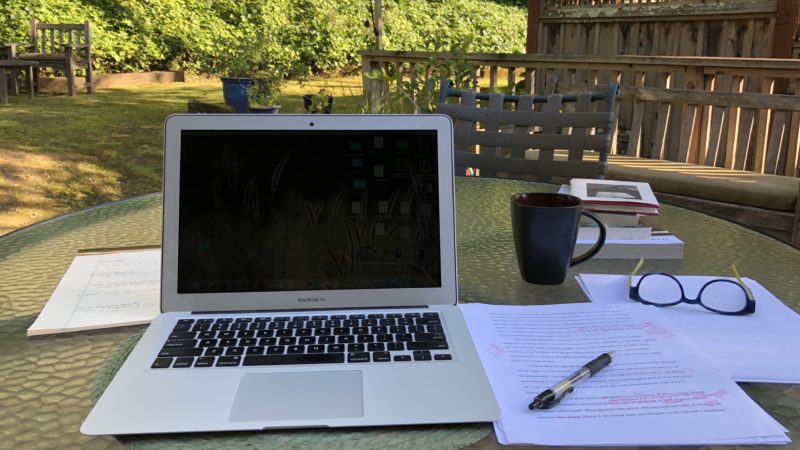The Craft of Writing Memoir – FAQ
What advice do you have for someone who is starting a memoir?
People come to memoir because they have a story to tell. Many of us have had significant life experiences we want to share. The challenge is to mine those experiences for shape and meaning. What events or time period do you want to write about? What details do you remember? How does the experience live in you? How has it informed who you are now?
What is the difference between memoir and autobiography?
Autobiography generally deals with the life of a famous person. It starts with birth and moves forward chronologically – your basic “how I got to be the person I am today” story. Memoir is thematically driven. It’s about the experiences you’ve had, but more importantly, what you’ve made of those experiences – how they’ve impacted you and what you’ve learned.
Is craft helpful for beginning memoir writers? Isn’t the first step just to get your story down?
Writing a draft is the first step. The exciting part happens while you’re writing, the unexpected turns and surprises, the discoveries made. Elements of craft are like tools an archeologist brings along on a dig. They empower you go deeper, to discover what you want to say and how to say it.
Is the craft of writing memoir different from fiction?
The craft of memoir brings the techniques of fiction to writing from fact. People tend to think of craft as something technical and genre specific, when in reality, it’s both fluid and practical. Craft provides the means to translate ideas and experience into compelling narrative.
How do I structure my memoir?
I encourage memoir writers to ask questions: What am I writing about? What does the protagonist (younger self) want? What are the turning points, the false starts and dead ends? How do these moments inform the story? Elements of craft – language, point of view, scene – help writers explore these questions. The answers often change as insights into theme and character emerge. The structure of a memoir, its organizing principle, comes from inside a work.
How do I shift between past and present without confusing the reader?
This is one of the trickiest aspects of memoir writing. As a memoirist, one views life from two vantage points: then and now. This requires a narrative stance that is constantly shifting; a dialectic of past and present. The narrator tells the story, so it’s important for a writer to be aware of where the narrator is standing at any given moment. You can be writing a scene from a five-year-old’s point of view, but you don’t necessarily want to be limited to the five-year-old’s consciousness. The language must be consistent with the narrator’s stance for a scene to ring true.
What would you like memoir writers to get out of studying craft?
I’d like them to feel empowered by craft rather than intimidated or overwhelmed by it. And I’d like them to come away with tools and techniques to help them become more effective storytellers.
